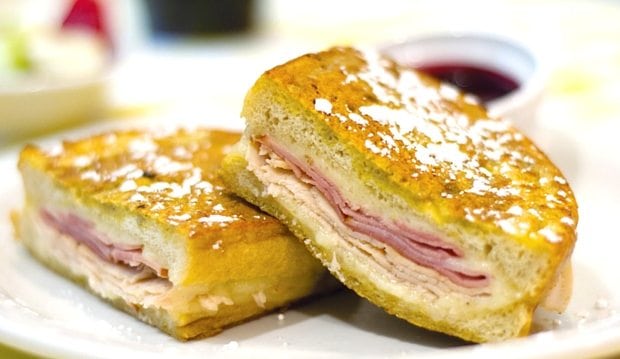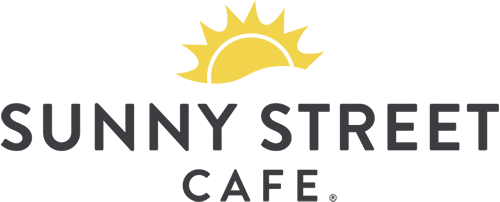Fast Break: French (?) Toast

Thick-sliced sourdough bread, dipped in milk and egg, cooked on a griddle, and topped with a healthy serving of butter and syrup. Now that’s a good breakfast. French Toast has been around since before humans can remember, but there’s a secret: it’s not French. Sure, slathering it in butter is decidedly Parisian, but that is where the connection to this breakfast delicacy ends.
French Toast has been around since the 4th Century as a way to preserve old bread. Food was scarce, and what better way to save old, stale bread than to soak it in eggs and milk and toast it up? I can’t think of a better way.
Some say that cook in New York sometime during the 18th Century tried to name it after himself: Joseph French. Others say it became called “French Toast” because the French immigrants popularized the dish. Britain has about a million names for it, including “Gypsy Toast,” “Poor Knights of Windsor,” and less imaginative “Eggy Bread.” Spain calls it “torriga” and France “pain perdu” (lost bread).
See all of our winter menu items: New Menu Items: Reimagining Comfort Food
Now in the United States it’s a staple of breakfast, and surprisingly, fancy breakfasts. You don’t eat French Toast just to save old stale bread; you eat French Toast with fresh bread, on the weekends, when you want to treat yourself to a nice breakfast. The dish has come a long way from Medieval times.
The new French Toast sandwich, in my opinion, harkens back to the good ol’ days. Why not use this delicious, eggy bread, and make a sandwich out of it? Ham, Swiss cheese, homemade berry jam…it might not be French, but it sure is good lip-smackin’ good.
–Anna Hetzel, Social Media Manager
